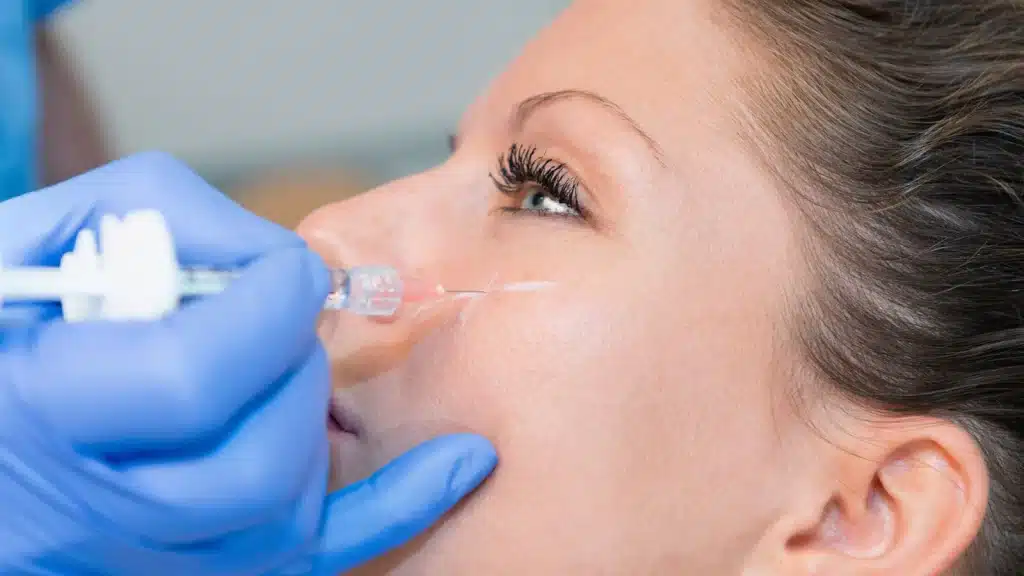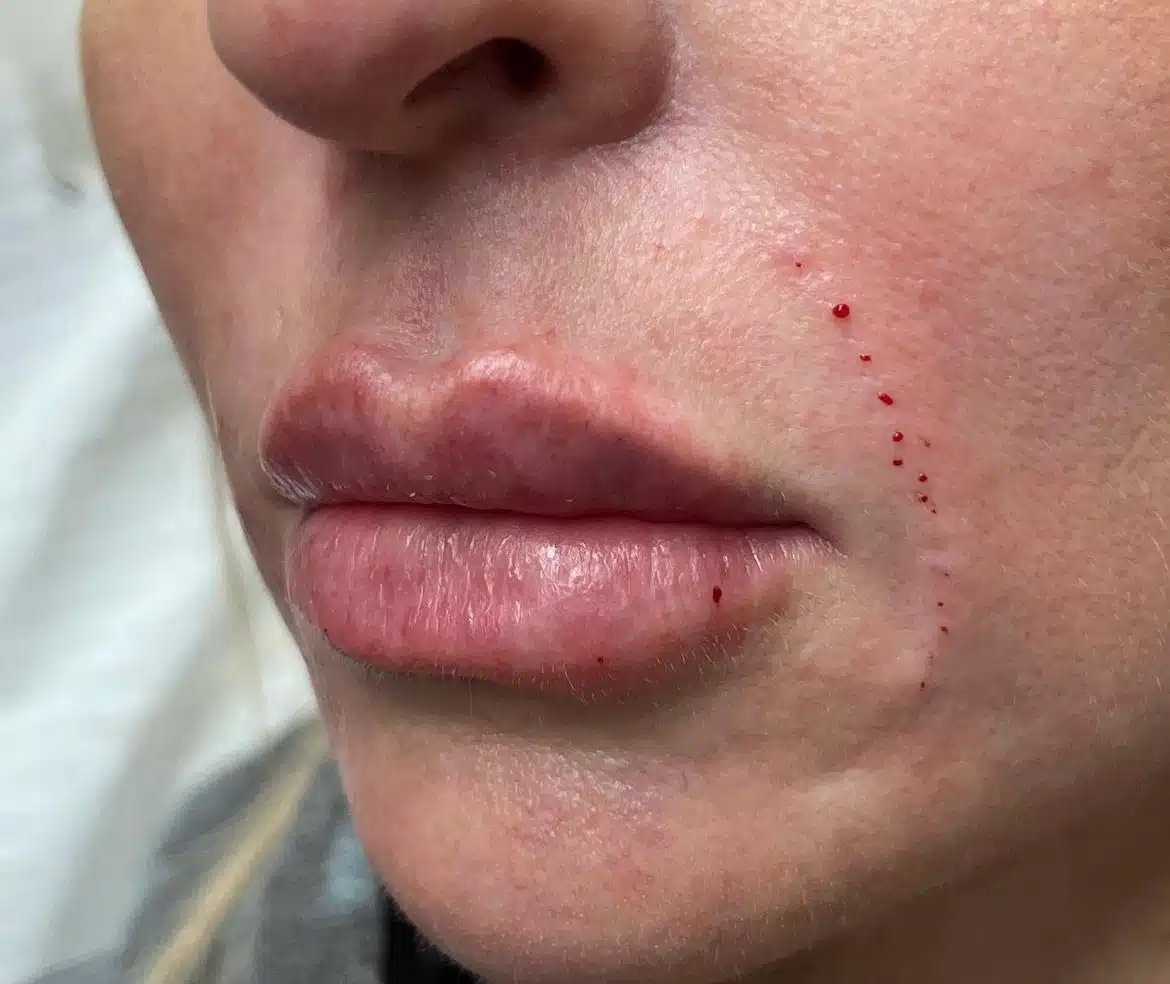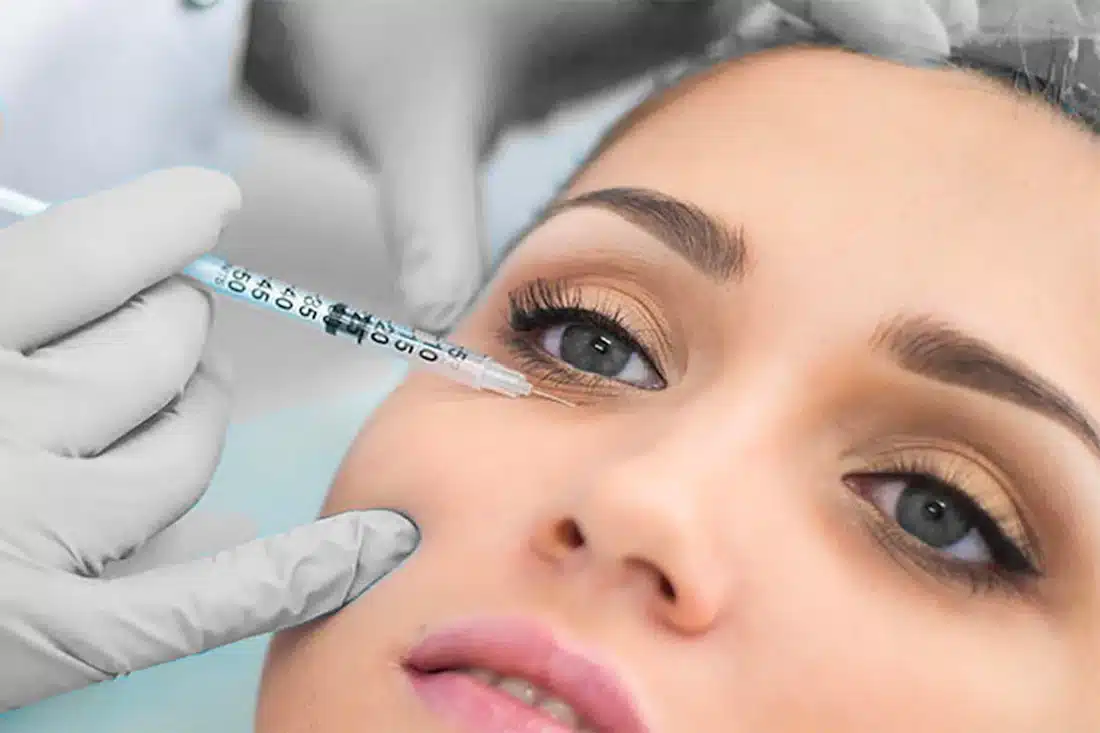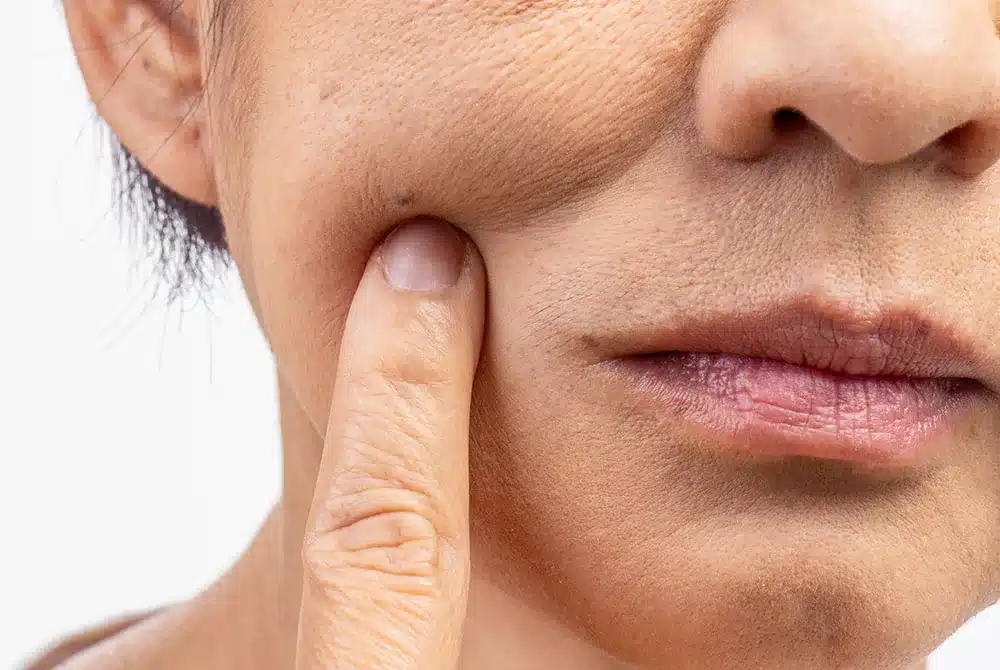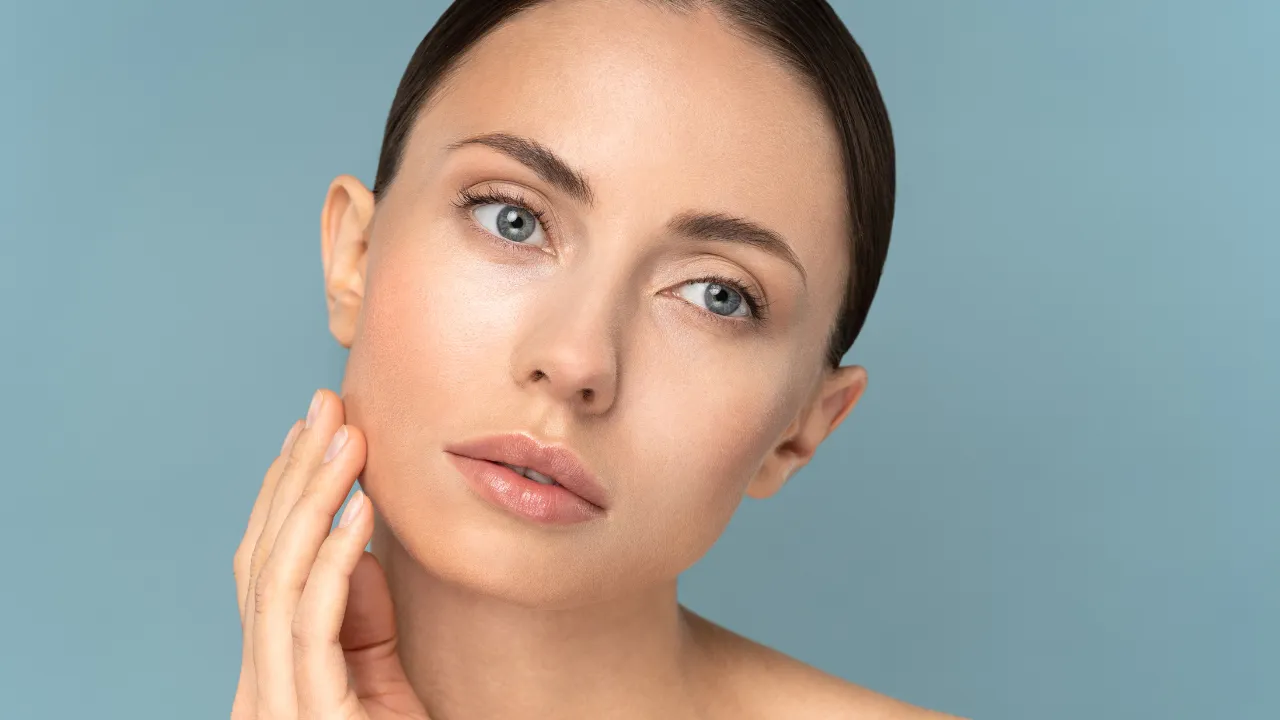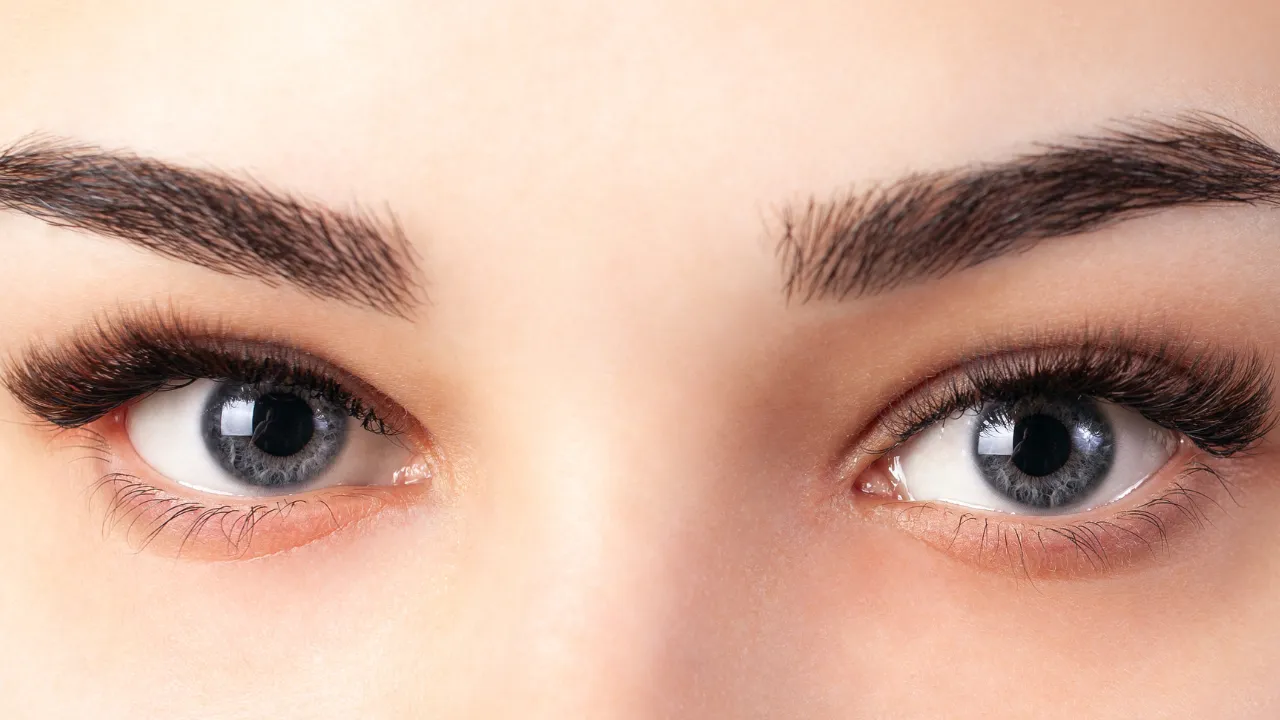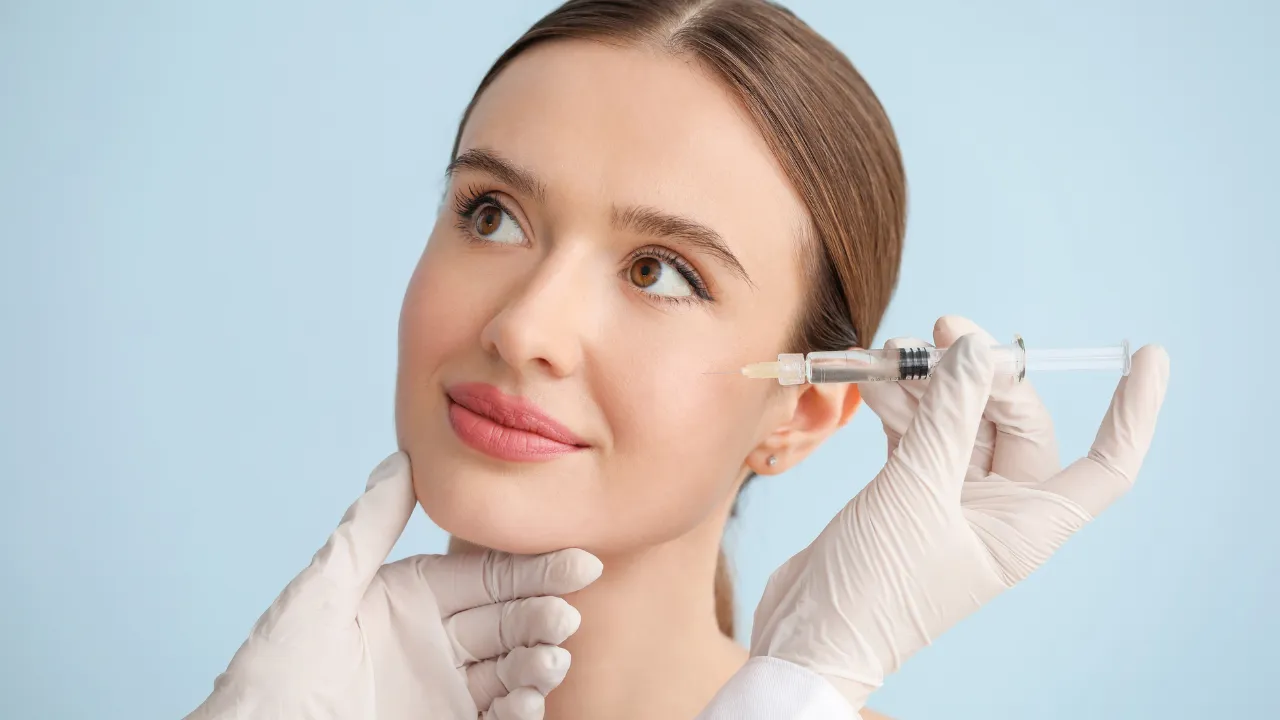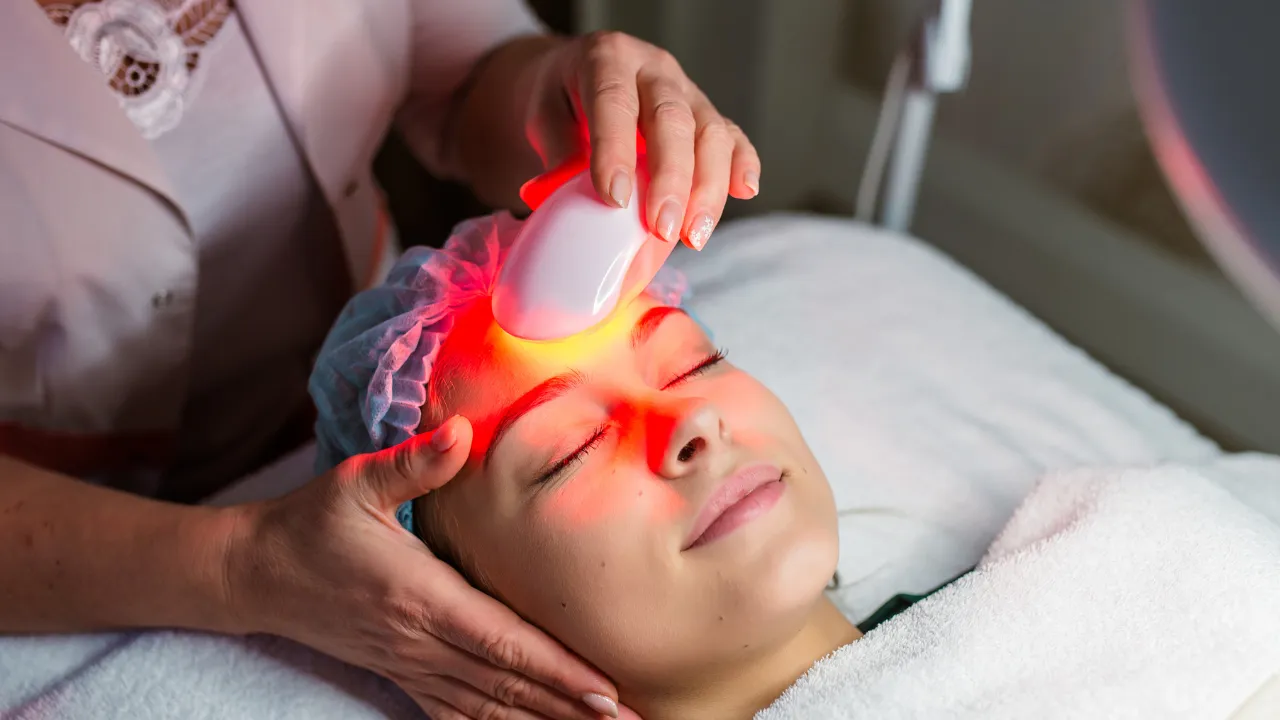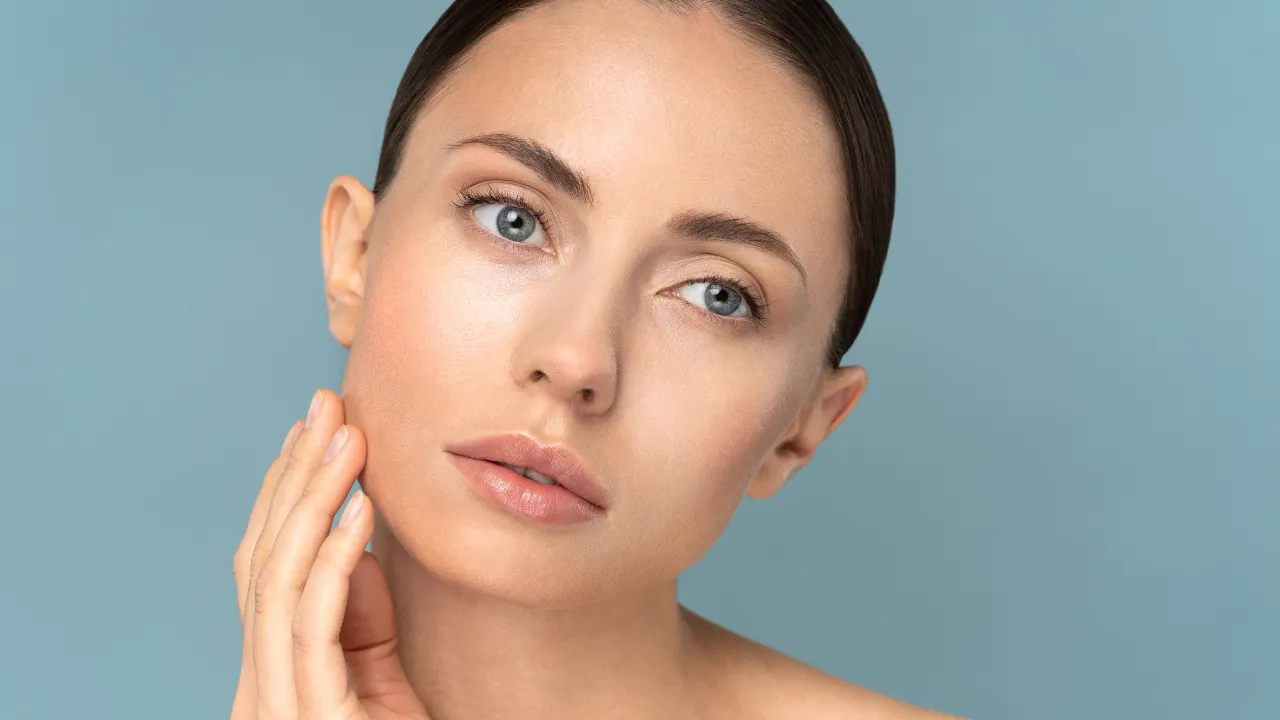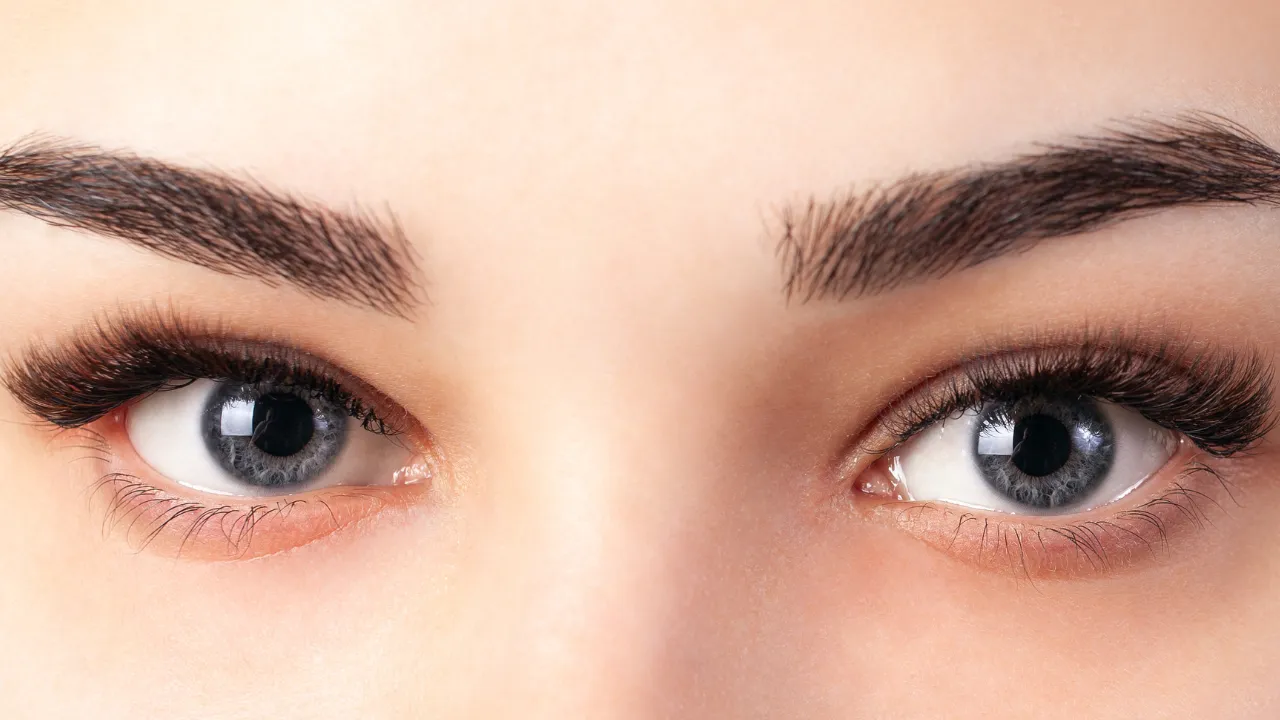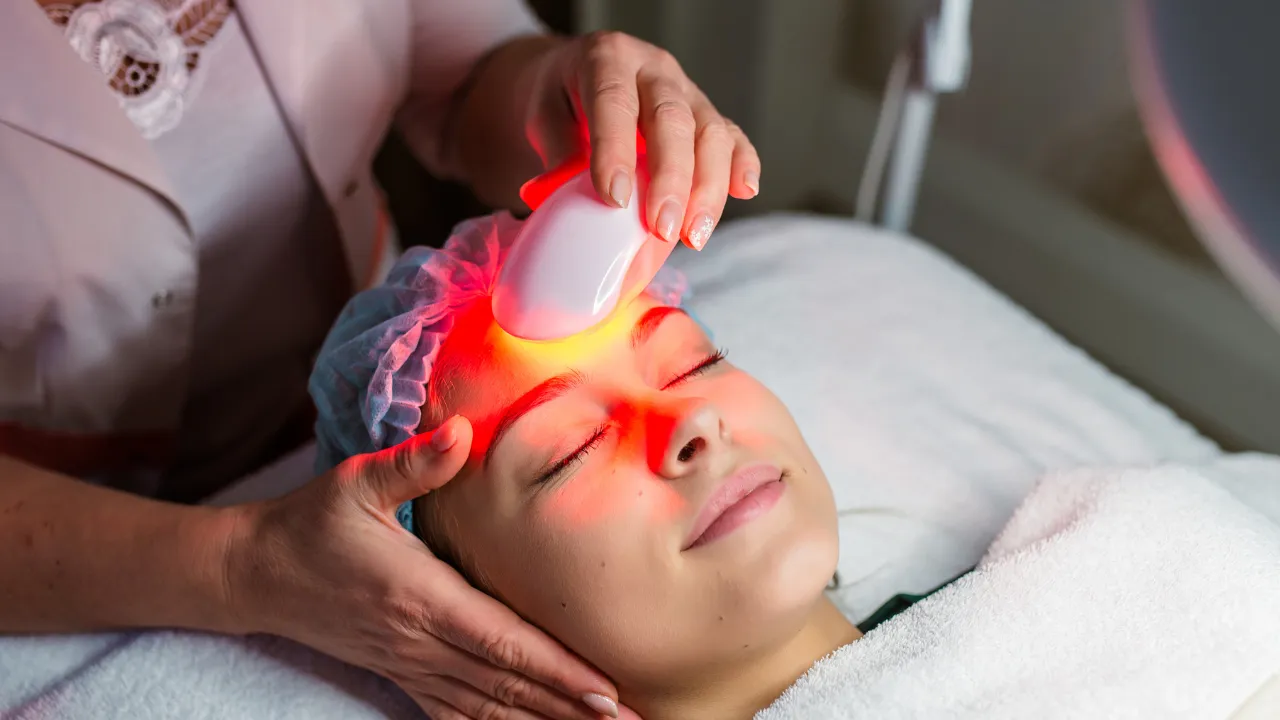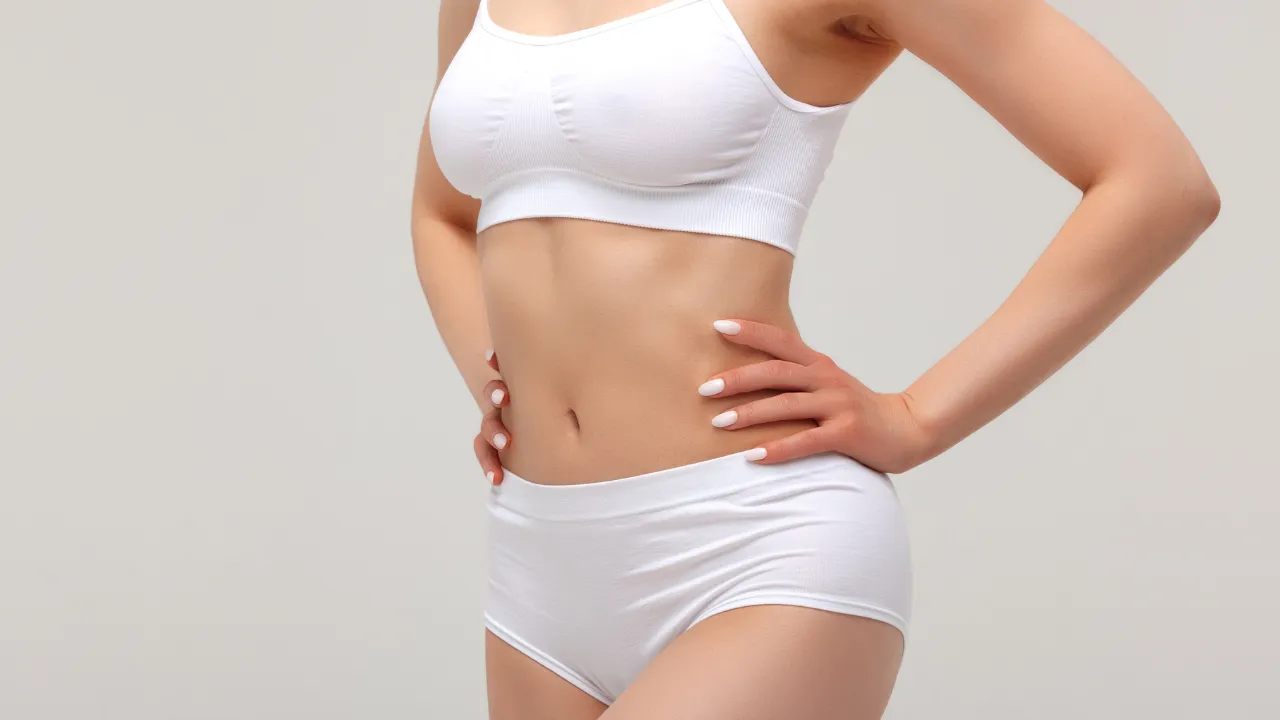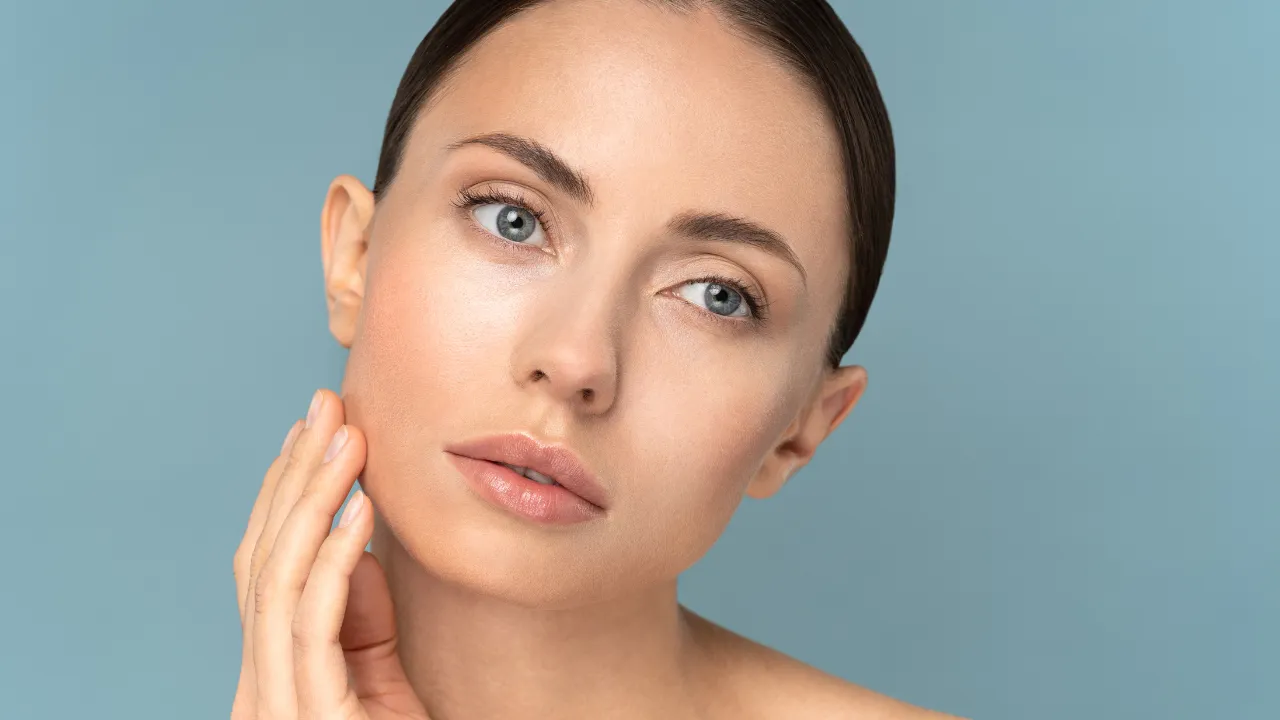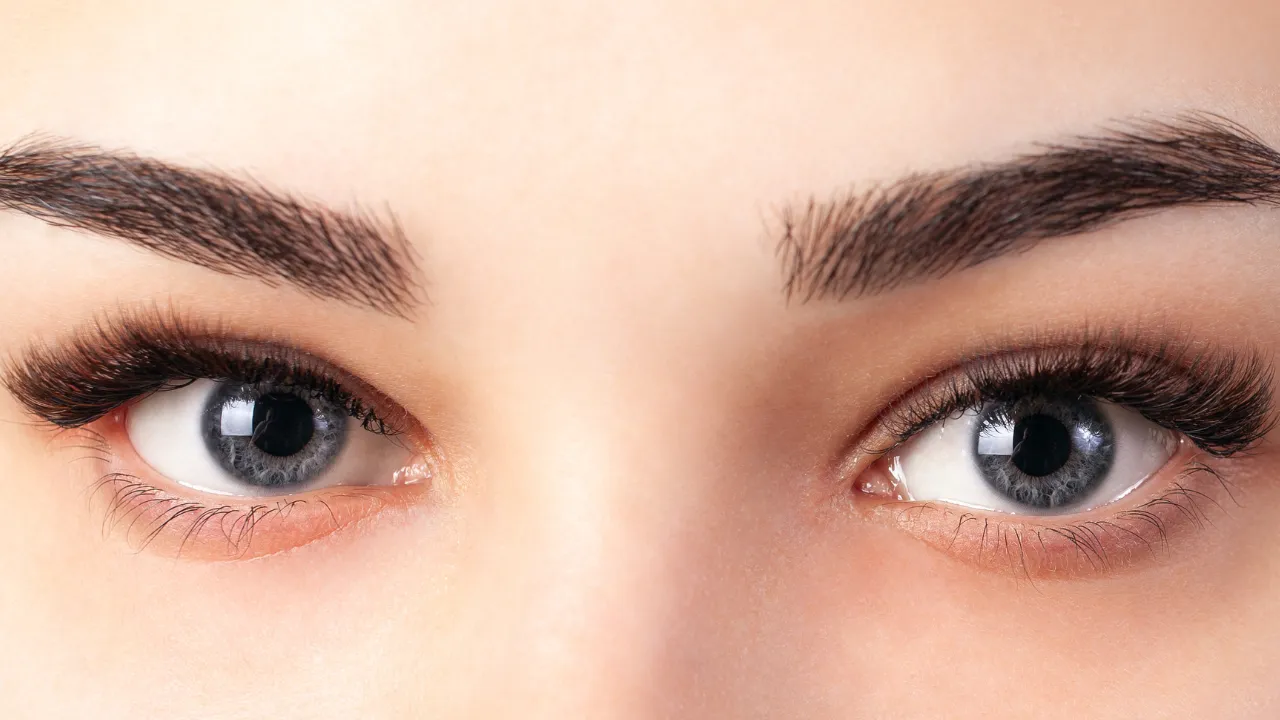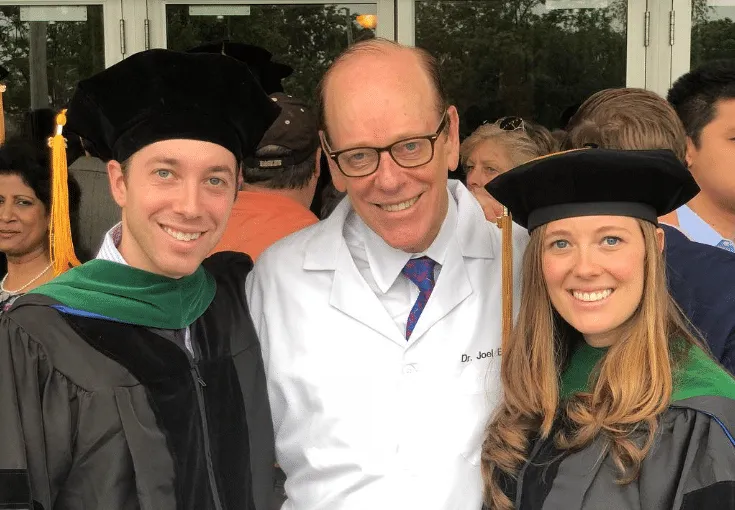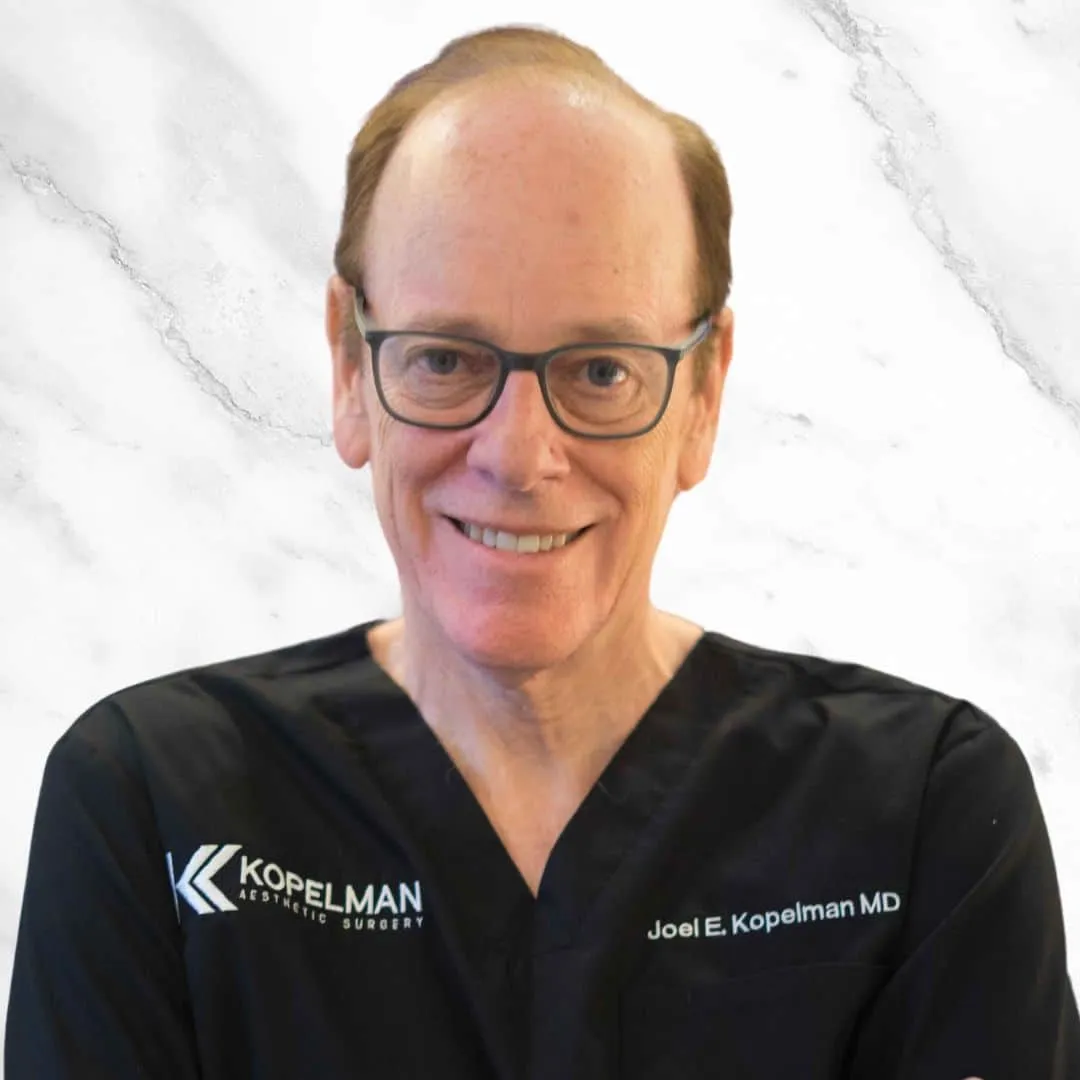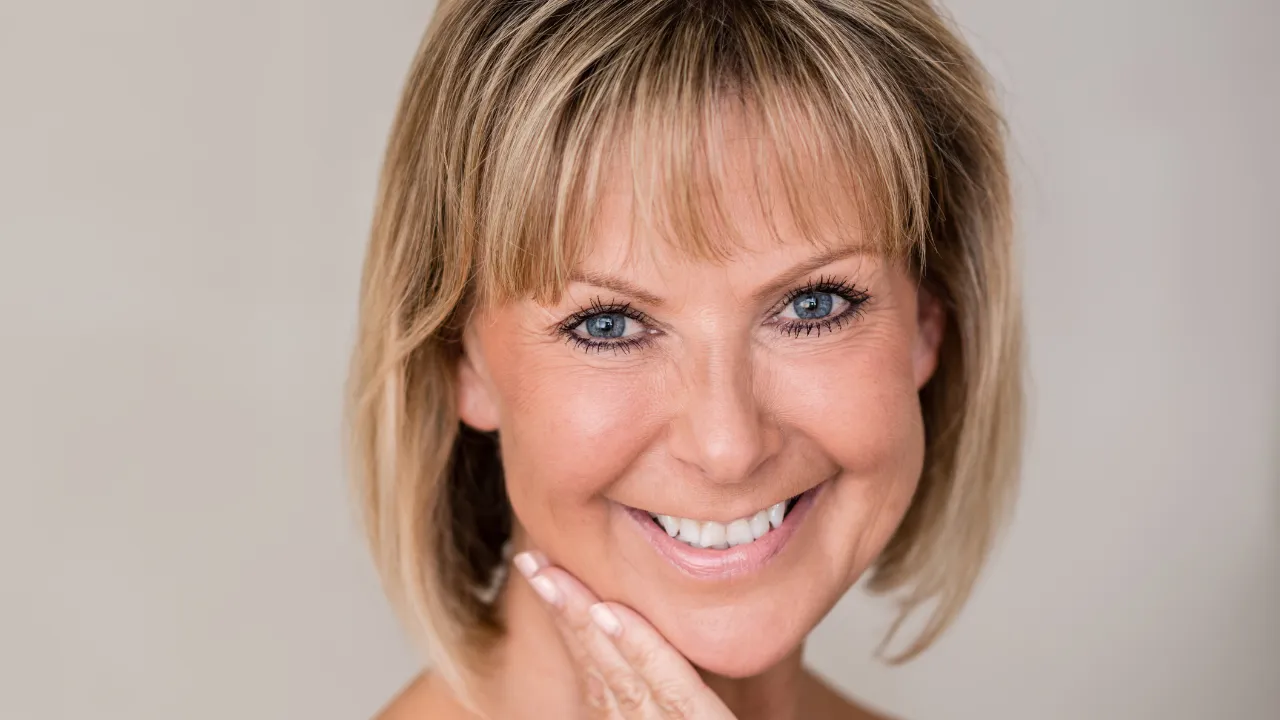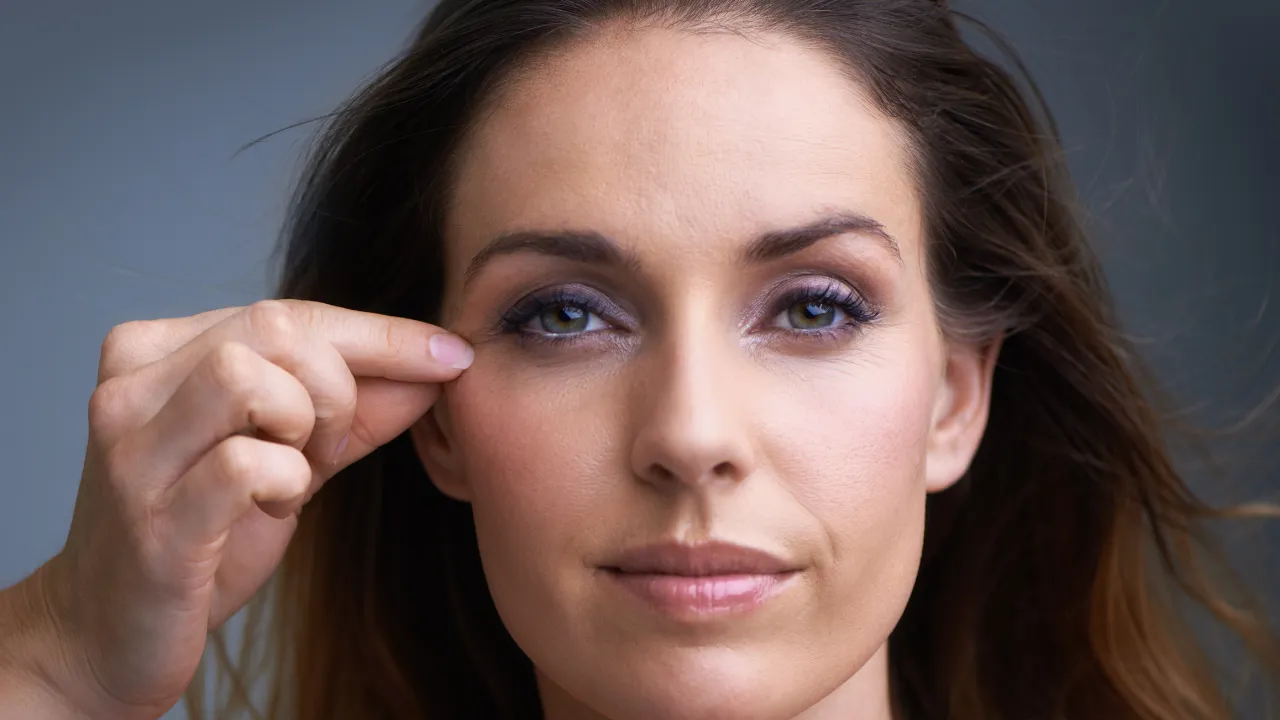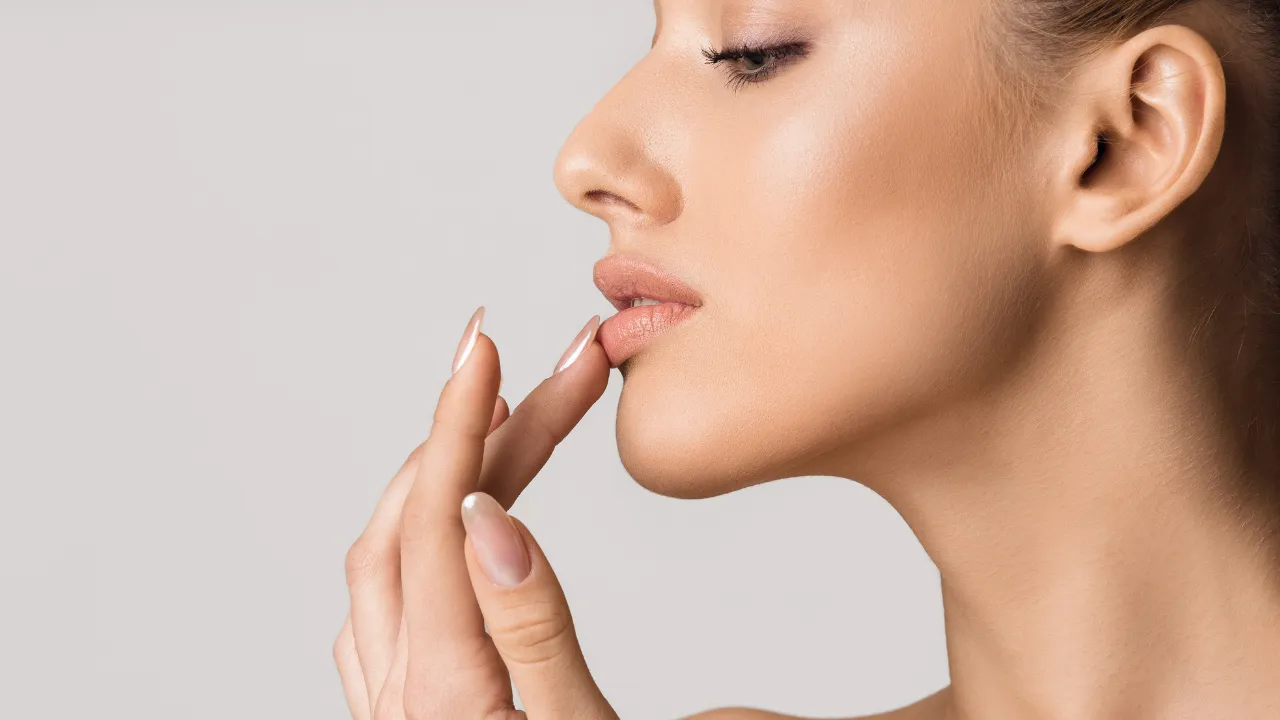At Kopelman Aesthetic Surgery in New York City, patients often ask about under-eye filler recovery time and what to expect after treatment. Dr. Joel Kopelman, a leading facial plastic and oculoplastic surgeon with decades of experience, emphasizes that recovery is usually manageable with the right care.
For most patients, swelling and bruising improve within a few days, and natural results appear within one to two weeks. Knowing what to expect helps ensure a smooth process and greater confidence in the outcome.
Key Takeaways
- Most patients recover in one to two weeks, with swelling peaking in the first 48 hours and results stabilizing by week three.
- Preparation and proper aftercare, including gentle cleansing and delayed makeup use, support faster recovery.
- Swelling, bruising, and tenderness are common side effects but usually resolve within a week.
- Results last 9 to 12 months, with many patients benefiting from annual filler appointments.
- Contact your doctor if you experience unusual pain, prolonged swelling, or vision changes.
Table of Contents
ToggleHow to Prepare Before Treatment
Preparation before a filler procedure lowers risks and makes recovery easier. Avoid alcohol, aspirin, and anti-inflammatory drugs for at least one week, since they increase bruising. Limiting caffeine and sodium can also help.
Patients should plan light activities for the first few days and keep ice packs at home. Sharing full medical history with Dr. Kopelman ensures treatment is safe and tailored to each patient.
Recovery Timeline: Day by Day and Week by Week
Day-by-day healing stages with photos
In the first 24 hours after filler injections, swelling, redness, or bruising may appear at the injection site. Ice packs and head elevation help reduce discomfort. By day three, swelling often peaks before starting to subside.
Photos can reassure patients that healing is on track. Dr. Kopelman advises comparing progress with expected patterns rather than focusing on temporary imperfections.

First 48 Hours After Treatment
Swelling and mild bruising are most noticeable in the first two days. Applying cold compresses and sleeping with the head elevated reduces puffiness. Avoiding smoking, alcohol, and exercise supports faster recovery.
Tenderness or pressure under the eyes is normal and improves quickly. Any unusual pain or discoloration should be reported to the physician.
Week-by-week progress and final results
By week one, most bruising fades and swelling subsides. During week two, results appear smoother and more natural.
By week three or four, the filler fully settles, and the refreshed look becomes visible. Patients often see clearer differences when reviewing before-and-after photos.

Under-eye filler before and after
Before treatment, patients often show dark circles, eye hollows, or visible eye bags, while after photos highlight smoother contours. Results should be assessed over weeks, not days, as recovery evolves gradually.

Swelling and Healing Stages
Under-eye filler swelling stages
Swelling starts within hours, peaks at two days, and decreases steadily. Mild puffiness may last up to a week, depending on the skin and the amount of filler used.
How long does swelling usually last
Most swelling resolves in 3–7 days, with residual puffiness sometimes lasting two weeks. By the third week, the area typically looks balanced.
Swelling-specific tips for relief
- Apply cold compresses in the first 24 hours.
- Sleep with the head elevated.
- Avoid alcohol, exercise, and salty foods for several days.
- Use gentle skincare to prevent irritation.
Other Common Side Effects
Other temporary effects include bruising, redness, or mild tenderness. These usually fade within a week. Minor unevenness or discoloration may occur, but improves as the filler settles.
Who Is a Good Candidate for Under-Eye Fillers?
Good candidates have mild to moderate hollowing or shadows under the eyes. Patients with healthy skin and realistic expectations often recover more quickly.
Those with thin skin, puffiness, or health conditions may require longer recovery. Patients with broader eye areas showing both volume loss and discoloration may also benefit from treatment. Dr. Kopelman evaluates each case to guide treatment safely.
Aftercare for Under-Eye Filler
What to do after filler under the eye
Avoid touching or pressing on the treated area. Light activities are fine, but postpone heavy exercise for at least 24–48 hours.
Following medical instructions helps minimize risks and supports healing.
How soon can I wear makeup?
Light makeup is usually safe after 24 hours if clean tools are used. Heavy concealers should be avoided in the first few days.
When can I wash my face?
Gentle cleansing can resume the same evening or the next day. Patients should avoid scrubbing or exfoliation for at least a week.
General lifestyle tips for faster healing
Hydration, balanced nutrition, and sleep help recovery. Avoid smoking and alcohol to support longer-lasting results. These measures are part of effective aftercare for under-eye filler.
Risks and Limitations
What is the downside of under-eye fillers?
Side effects include swelling, bruising, and tenderness. Rare risks involve unevenness or vascular issues.
Dr. Kopelman uses advanced techniques and hyaluronic acid fillers to reduce risks and ensure a smooth recovery. Patients should only undergo treatment with qualified professionals.
Treatment and Results
How many sessions are needed?
Most patients achieve desired results in one session. Some may need a follow-up for fine adjustments.
How long do results last?
Results typically last 9–12 months. Longevity depends on filler type, metabolism, and lifestyle.
Maintenance and touch-ups
Patients often schedule annual filler appointments to maintain results. During visits, the surgeon may recommend additional dermal fillers if needed.
When to Contact Your Doctor
Contact your doctor if you experience unusual pain, swelling beyond two weeks, or vision changes. Urgent evaluation may be required for vascular complications.
Dr. Kopelman stresses communication with the treating physician to ensure safety and optimal results.
Frequently Asked Questions
💬 Can I combine under eye fillers with other treatments? ›
Yes, fillers can sometimes be combined with treatments such as laser resurfacing or skin tightening. Timing should be planned with the physician to avoid overlapping healing periods. Staging procedures helps protect results and comfort during recovery.
💬 What if results look uneven after recovery? ›
Unevenness is common in the first week while swelling subsides and filler settles. If asymmetry remains after several weeks, schedule a follow-up for assessment. Small adjustments can refine contours once healing stabilizes.
💬 How soon can I schedule a touch-up treatment? ›
Most patients wait two to four weeks before considering touch-ups. This allows swelling to resolve and results to stabilize for accurate evaluation. Your physician will advise the best timing based on your response and goals.
If you’re considering under-eye fillers and want expert care, schedule a consultation with Dr. Joel Kopelman at Kopelman Aesthetic Surgery in New York City. His experience in treating delicate eye areas ensures safe results that look natural and restore confidence.

